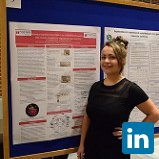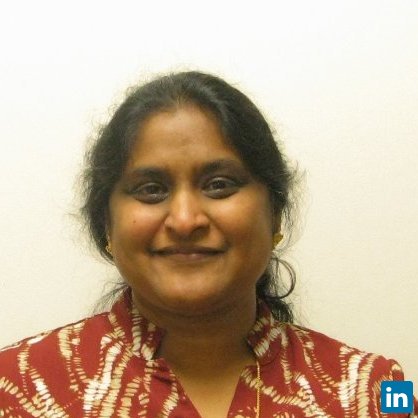FHIR HIEdrant: Drinking efficiently from the FHIRhose of HIE data
FHIR HIEdrant helps physicians focus on the patient by integrating access to information from a health information exchange (HIE) directly with the physician's electronic health record (EHR) workflow.
Indianapolis, IN United States HIT Emergency Medicine MedStartr Ventures challengeAbout our project
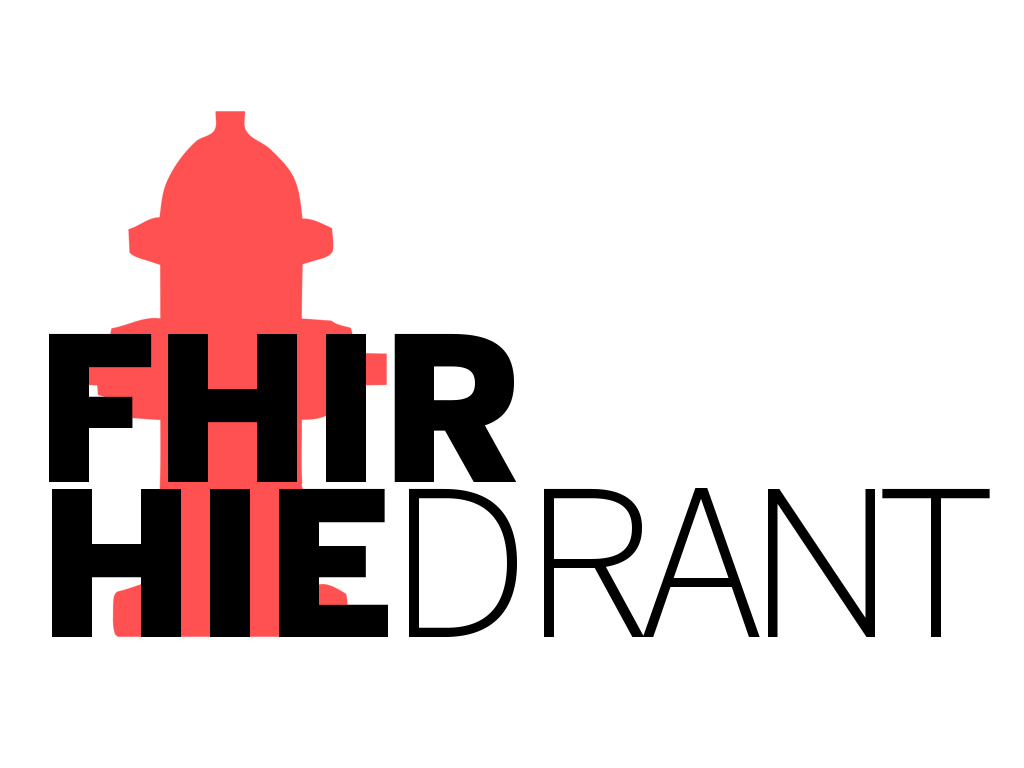
The problem we solve: Health information exchanges (HIEs) aggregate patient data across health organizations within a given geographic region. Information in HIEs can be incredibly helpful to a physician providing care for a patient, because it often adds important data that are not available in the physician's electronic health record (EHR). However, the physician typically must access these data using a separate workflow outside of the usual process of reviewing patient data in their EHR, without assurance that any meaningful data will actually be found. This makes trying to retrieve HIE data inefficient and cumbersome.
About our solution: Using the Fast Healthcare Interoperability Resources (FHIR) standard, our innovation retrieves and aggregates the most clinically relevant data (in our first implementation regarding chest pain) from an HIE, and presents it to the clinician within their EHR (in our case, Cerner) in an easily consumable and efficient format.
Progress to date:
The initial target audience for our innovation in emergency medicine are physicians who treat patients with chest pain. Because time is a precious resource in the emergency department (ED), enabling the timely and efficient review of the most pertinent data available is highly valued. When pitching the software to emergency physicians, we have received overwhelmingly positive feedback. Currently we are building the product in collaboration with the Indiana Health Information Exchange (IHIE), and we will be starting a pilot of the software for emergency physicians in December with Indiana University Health. They are the largest healthcare organization in Indiana and our pilot location is Methodist Hospital which boasts one of the busiest emergency departments in the state.
About Our Team
Creator: Matthias Kochmann
Bio: Dr. Matthias Kochmann is a pediatrician and clinical informatics fellow at the Regenstrief Institute in Indianapolis, IN.
Title: Clinical Informatics Fellow, Pediatrician
Advanced Degree(s): DMD, PhD
Twitter: @FHIR_HIEdrant
About Team Members
Dan Seitz
Clinical Informatics Fellow, Emergency Medicine Physician, MD
Biography: Dan Seitz, MD, is an emergency medicine physician and clinical informatics fellow at the Regenstrief Institute in Indianapolis, IN. He received his MD from Washington University in St. Louis and is a proud graduate of the Indiana University Department of Emergency Medicine residency program.
Title: Clinical Informatics Fellow, Emergency Medicine Physician
Advanced Degree(s): MD
LinkedIn:
https://www.linkedin.com/in/dan-seitz-0b0307125/
Titus Schleyer
Research Scientist, Regenstrief Institute, DMD, PhD
Biography: Titus Schleyer, DMD, PhD, is Professor of Biomedical Informatics and a Research Scientist at the Center for Biomedical Informatics at the Regenstrief Institute (http://www.regenstrief.org), as well as Professor of Medicine, Department of Medicine, Indiana University School of Medicine. He holds DMD degrees from the University of Frankfurt, Germany, and Temple University, Philadelphia, as well as a PhD degree in molecular biology from the University of Frankfurt and an MBA degree in Health Administration from Temple University. Dr. Schleyer has been active in biomedical informatics research since 1989, conducting seminal research on electronic dental records and Internet applications, and workflow and human-computer interaction in dentistry. Dr. Schleyer was a co-director of the Biomedical Informatics Training Program of the School of Medicine, University of Pittsburgh. He founded the Department of Dental Informatics at Temple University, as well as the Center for Dental Informatics at the University of Pittsburgh. Dr. Schleyer's informatics research is primarily funded by the National Institutes of Health. He co-directs (with Dr. Brian Dixon) the Public & Population Health Informatics (PHI) Fellowship at Indiana University.
Title: Research Scientist, Regenstrief Institute
Advanced Degree(s): DMD, PhD
Twitter:
@titusschleyer
LinkedIn:
https://www.linkedin.com/in/titusschleyer/
About Our Company

Regenstrief Institute
Location: 1101 West 10th Street
Indianapolis, IN 46202
US
Founded: 1969
Website: http://www.regenstrief.org
Twitter: @Regenstrief
Facebook: https://www.facebook.com/regenstriefinstitute/
Product Stage: Prototype/MVP
YTD Sales: Less than $250,000
Employees: 200+
How We Help Patients
Our innovation will help patients by beginning to tear down barriers to efficient patient data access across healthcare facilities. By allowing physicians to access health information exchange data in addition to a patient's hospital-specific chart, our product enables patients to feel less constrained to a single healthcare system for all of their care. Additionally, patients can feel more at ease that the most important parts of their medical record are readily available to any physician delivering their care.
How We Help Physicians
Physician satisfaction with electronic health systems is at an all-time low, and a key contributor to this is a sense that the physician spends more time sitting in front of her computer than she does talking face-to-face with her patients. Our innovation amplifies the signal over the noise in reviewing a patient's medical history and past results, allowing the physician to have more time with the patient, and improving the odds of seeing that test result in the history that changes the clinical workup or clinches the diagnosis.
How We Help Hospitals
Hospital systems are constantly challenged to balance quality of care, patient safety, patient and clinician satisfaction, and the responsible use of resources. Our innovation leverages existing patient data to give clinicians in a healthcare institution more useful data in a shorter amount of time to allow them to make more informed decisions about appropriate patient care. It saves clinician time and effort, and thus makes healthcare institutions more efficient. In addition, it reduces the waste of resources on repeat or unwarranted testing; mitigates unnecessary admissions that stem from lack of data; improves provider satisfaction; and, most importantly, improves patient safety by enabling access to a more complete medical history.
How We Help Partners
MedStartr and its partners are focused on healthcare, and our innovation offers the opportunity is to support a truly transformational approach to healthcare interoperability. While healthcare interoperability has been a focus of the healthcare system for a long time, we have not mastered its challenges. Our implementation of the Fast Healthcare Interoperability standard to "knit together" granular information from multiple health IT systems in order to support clinical care and workflow in a provider-centric way offers a truly new approach for how physicians work. Plus, it has the potential to improve information access across the spectrum of healthcare.
Challenge Mission
Key Milestones Achieved and Planned
We have been working on the conceptualization of our project for several years. In April 2017 we launched a software development pilot project with three partners: the Regenstrief Institute, the Indiana Health Information Exchange and Indiana University Health (IUH). A 15-person team is currently working on the implementation of a minimum viable product, with rollout scheduled for December 4, 2017. Concurrently, Dr. Schleyer is working with a postdoctoral fellow in public and population health informatics on designing and executing an evaluation study. After December 4, 2017, the project will go into Phase II, in which we will develop a robust production application during the subsequent 12 month. This application will be rolled out to all 20 emergency departments with in IUH and increase the number of clinical conditions which we support.
Our Competitive Advantages
Our innovation benefits from a competitive advantage that is not easily duplicated: a FHIR interface to the country's oldest health information exchange, the Indiana Network for Patient Care, which has significant population coverage (66.7% of all Indiana citizens are represented in the INPC). We also have significant software engineering expertise in building FHIR interfaces and applications, as well as biomedical research and evaluation expertise. At the moment, commercial competitive projects (such as Commonwell and Careeverywhere) are far less granular and much more cumbersome to use than our app.
Barriers to Entry
Our technology is currently proprietary and we are deploying it in a setting that is not easily duplicated. The expertise for design, engineering and deployment that we have accumulated is fairly unique and not easily replicated.
Traction, Funding and Partners
Dr. Schleyer has been funding this work in part from discretionary research support funds. Other partner organizations, such as the Indiana Health Information Exchange and Indiana University Health, are making in-kind contributions. At the moment, we have not received any outside funds.
Innovation Details
Intellectual Property Summary
Our project is based on a proprietary implementation of the Fast Healthcare Interoperability Resources (FHIR) standard on the Indiana Network for Patient Care (INPC), which is the major health information exchange platform in Indiana. We also have built a proprietary FHIR app and associated infrastructure that integrates certain chestpain-related data with the clinical workflow in Cerner.
Clinical Information
At the moment, we do not have studies of clinical efficacy of our innovation yet. However, our team has conducted direct observations of the clinical workflow in the ED in an IRB-approved project in order to study how physicians are currently accessing information in the Indiana Network for Patient Care. We found that while physicians consider information in the INPC to be very valuable to patient care, they access it very rarely due to workflow challenges. For instance, the single sign-on mechanism from the host EHR does not always work, requiring a cumbersome sequence of steps to log into the INPC and retrieve desired information. The other problem is that the physician may exert all this effort only to find that relevant information is not available, reducing motivation to use the current system further.
From other clinical studies we know that creating dashboards focused on particular clinical conditions can save significant time in retrieving and reviewing information (see Koopman RJ, Kochendorfer KM, Moore JL, Mehr DR, Wakefield DS, Yadamsuren B, et al. A diabetes dashboard and physician efficiency and accuracy in accessing data needed for high-quality diabetes care. Ann Fam Med. 2011;9(5):398–405.). Our project follows the same approach - and goes beyond it since it integrates information from multiple sources into one dashboard.
Regulatory Status
Our project does not require FDA approval.
How we will use the funds raised
We have an established team composed of emergency physicians, biomedical informaticians, computer scientists, software developers and IT specialists who have been working on this project for more than a year. The funds will be used to support refinement of our pilot implementation, expansion to additional clinical conditions and clinical evaluation.
Thank You
Providing physicians with access to the most relevant information about a patient, regardless of what computer system it is stored in, is the key goal of health system interoperability. Our innovation turns a prohibitively cumbersome data retrieval and review process into an efficient method that integrates well with existing physician workflows. It minimizes wasted time and clinician frustration, and thus can help make patient care both more efficient and effective. Importantly, our method can help connect patient information from any collection of systems that implement the FHIR standard.
Updates
No updates found .
Supporters
-

12/13/2019 - Liked the project.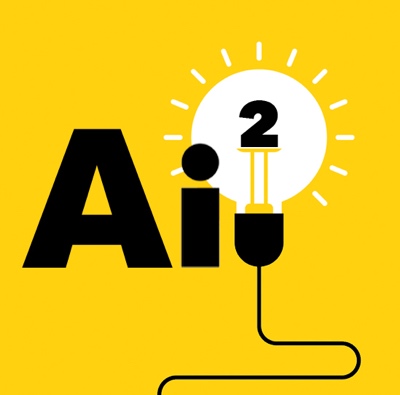
07/30/2019 - Interested in investing in the project.
02/10/2018 - Followed the project.
02/10/2018 - Liked the project.
02/09/2018 - Liked the project.
12/12/2017 - Followed the project. , MBA
, MBA
11/19/2017 - Liked the project.
11/11/2017 - Liked the project.
10/30/2017 - Liked the project.
10/30/2017 - Followed the project.
10/30/2017 - Followed the project.
10/30/2017 - Interested in piloting the project.
10/30/2017 - Interested in a partnership with the project.
10/30/2017 - Liked the project.
10/30/2017 - Followed the project.
10/30/2017 - Liked the project.
10/29/2017 - for the Website listing
10/29/2017 - Followed the project.
10/29/2017 - Interested in a partnership with the project.
10/29/2017 - Liked the project.
10/28/2017 - Liked the project.
10/28/2017 - Liked the project.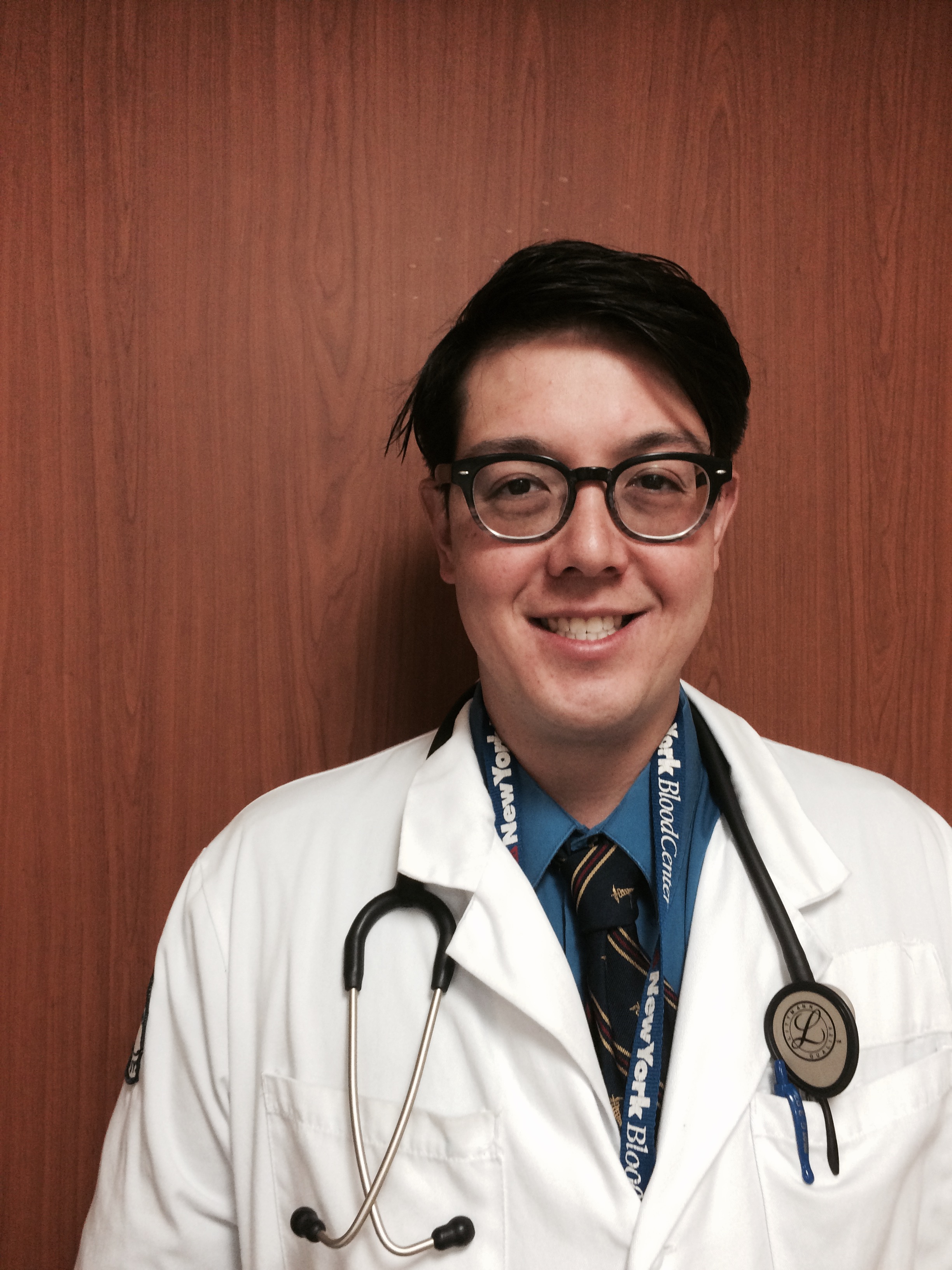 , MD,MPH
, MD,MPH
10/27/2017 - Liked the project.
10/27/2017 - Liked the project.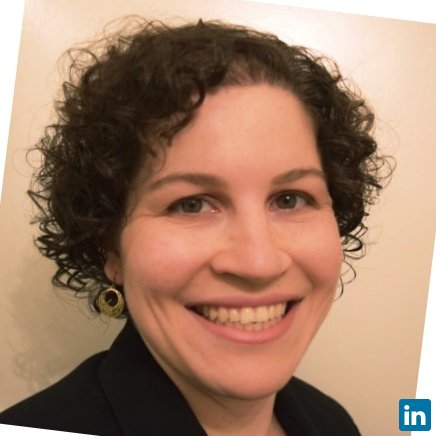
10/27/2017 - Followed the project.
10/27/2017 - Liked the project.-Zhang DO, MMSc.jpg)
10/27/2017 - Liked the project.
10/27/2017 - Liked the project. , MD, MSc
, MD, MSc
10/27/2017 - Liked the project. , MD, MSc
, MD, MSc
10/27/2017 - Followed the project. , BA Marketing
, BA Marketing
10/25/2017 - Liked the project.
10/25/2017 - Followed the project.
10/25/2017 - Liked the project. , MD MPH
, MD MPH
10/25/2017 - Liked the project. , MD MPH
, MD MPH
10/25/2017 - Followed the project. , MPS
, MPS
10/25/2017 - Liked the project. , MD, MBA
, MD, MBA
10/24/2017 - Liked the project.
10/24/2017 - Liked the project.
10/24/2017 - Liked the project.
10/24/2017 - Liked the project.
10/24/2017 - Followed the project.
10/24/2017 - Liked the project.
10/24/2017 - Followed the project.
10/24/2017 - Liked the project.
10/23/2017 - Followed the project.
10/23/2017 - Liked the project.
10/23/2017 - Liked the project.
10/23/2017 - Liked the project.
10/23/2017 - Followed the project.
10/23/2017 - Followed the project.
10/23/2017 - Followed the project.
10/23/2017 - Liked the project.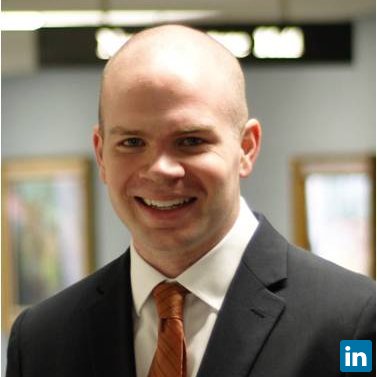
10/23/2017 - Liked the project.
10/23/2017 - Followed the project.
10/23/2017 - Liked the project.
10/23/2017 - Liked the project.
10/23/2017 - Followed the project.
10/23/2017 - Liked the project.
10/23/2017 - Liked the project.
10/23/2017 - Liked the project.
10/23/2017 - Liked the project.
10/23/2017 - Followed the project.
10/23/2017 - Liked the project.
10/23/2017 - Liked the project.
10/23/2017 - Liked the project.
10/23/2017 - Liked the project.
10/23/2017 - Liked the project.
10/23/2017 - Liked the project.
10/23/2017 - Followed the project.
10/23/2017 - Liked the project.
10/23/2017 - Liked the project.
10/23/2017 - Followed the project.
10/23/2017 - Liked the project.
10/23/2017 - Liked the project.
10/23/2017 - Liked the project.
10/23/2017 - Followed the project.
10/23/2017 - Liked the project.
10/23/2017 - Liked the project.
10/23/2017 - Liked the project.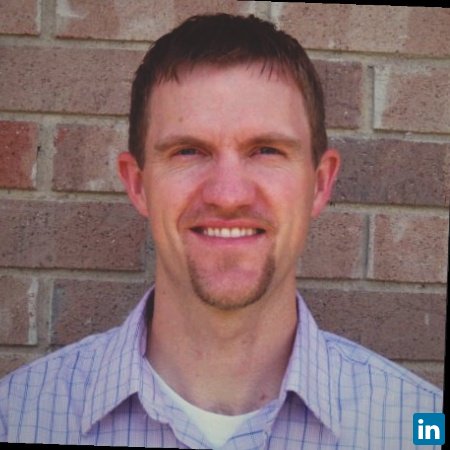
10/23/2017 - Liked the project.
10/21/2017 - Liked the project.
10/21/2017 - Followed the project.
10/21/2017 - Liked the project.
10/21/2017 - Liked the project.
10/21/2017 - Followed the project.
10/21/2017 - Liked the project. , FSA
, FSA
10/20/2017 - Followed the project. , FSA
, FSA
10/20/2017 - Interested in helping your project as a mentor or team member. , FSA
, FSA
10/20/2017 - Liked the project. , MD, MPH
, MD, MPH
10/20/2017 - Followed the project. , MD, MPH
, MD, MPH
10/20/2017 - Liked the project.
10/20/2017 - Followed the project.
10/20/2017 - Liked the project.
10/20/2017 - Liked the project.
10/20/2017 - Liked the project.
10/20/2017 - Liked the project. , M.D., M.P.H.
, M.D., M.P.H.
10/20/2017 - Liked the project. , M.D., M.P.H.
, M.D., M.P.H.
10/20/2017 - Followed the project.
10/20/2017 - Followed the project.
10/20/2017 - Liked the project.
10/20/2017 - Liked the project.
10/20/2017 - Followed the project.





